The reality of life in the wild. It’s going on right now in your backyard! Animals are trying to beat the Survivor odds to outwit and outlast the hardships of winter. Although some of them might escape the cold by migrating to warmer climates or hibernating in snug burrows, others must gamble at finding food and shelter. By winter’s end, the populations of most animals are at their lowest.
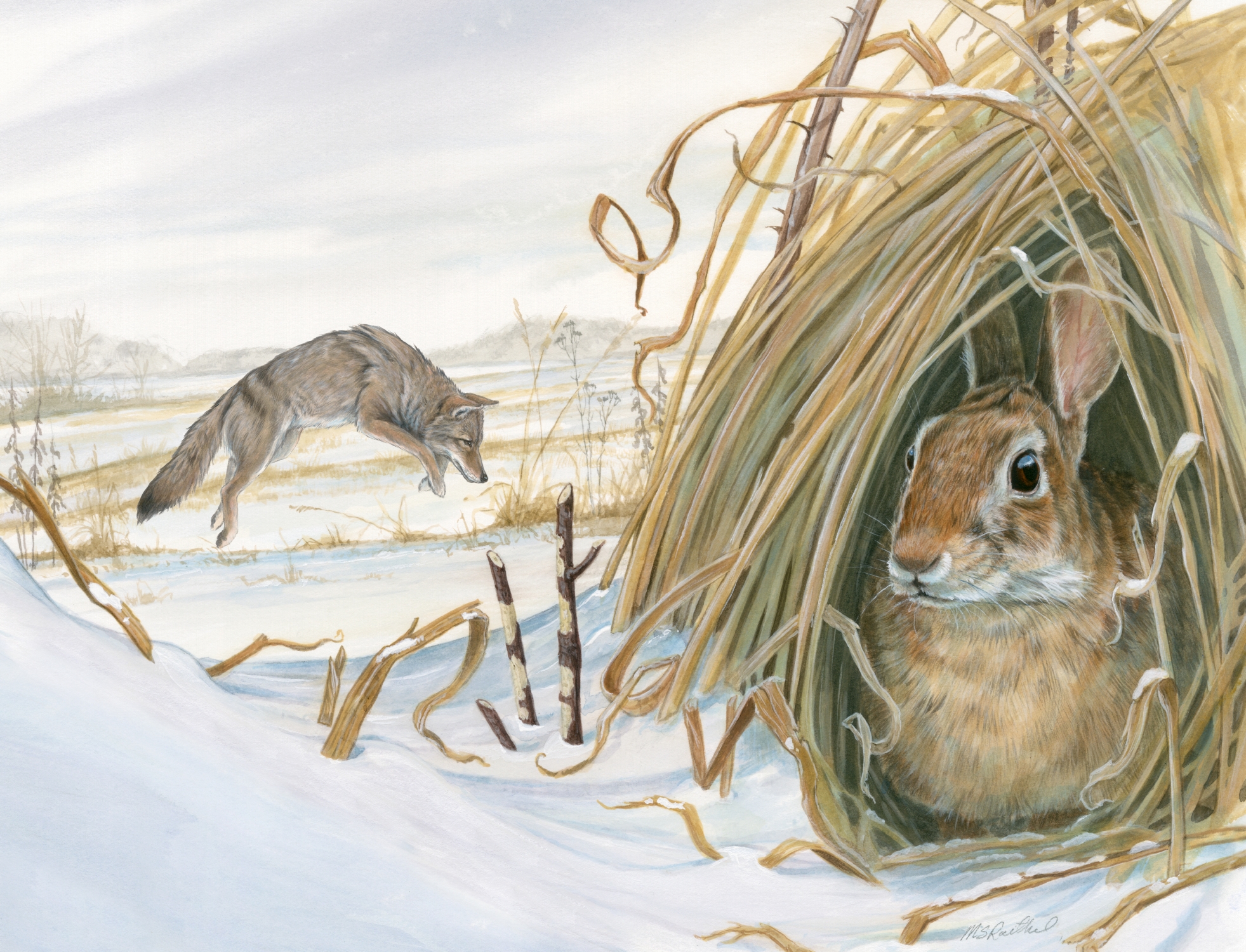
The Wheel of Fortune takes a new spin as spring approaches. It's a time for rebuilding populations. Young animals abound in forests, fields and neighborhoods. One female rabbit, for example, can have up to five litters a year with as many as six young in each. It doesn't take a mathematician to figure out that not every rabbit can survive. In fact, only four out of 10 rabbits live past the first month and only three out of 10 songbirds survive the first year.
The Jeopardy of wildlife continues even through the warm summer days when food is plentiful. Many young animals die naturally from accidents, diseases, and predators. When winter cooler temperatures begin again, the game of life takes another spin with a natural fall of wildlife numbers.
Playing Possum Plus
Animals use unique tactics to survive other animals — here are a few, courtesy of The Forest Preserve District of Will County.
- Opossums are notorious for playing dead when a predator is nearby.
- Monarch butterflies protect themselves from predators by looking very similar to another animal, a practice called mimicry. They also eat plants that contain noxious compounds that make them taste bitter to predators.
- One of the most known methods of defense is by skunks, when they spray their stinky musk to protect themselves against a predator. This musk is contained in anal glands that have nipples so the skunks can precisely direct their spray, which can reach distances of 10 feet or more. The spray may cause an unsuspecting animal’s eyes to water and sting.
- Many other organisms in nature use odors to ward off the enemy. Stink bugs secrete a smelly fluid, and millipedes will also emit an odiferous secretion that will also irritate the skin when threatened.
To learn more about animal defense tactics, visit reconnectwithnature.org.
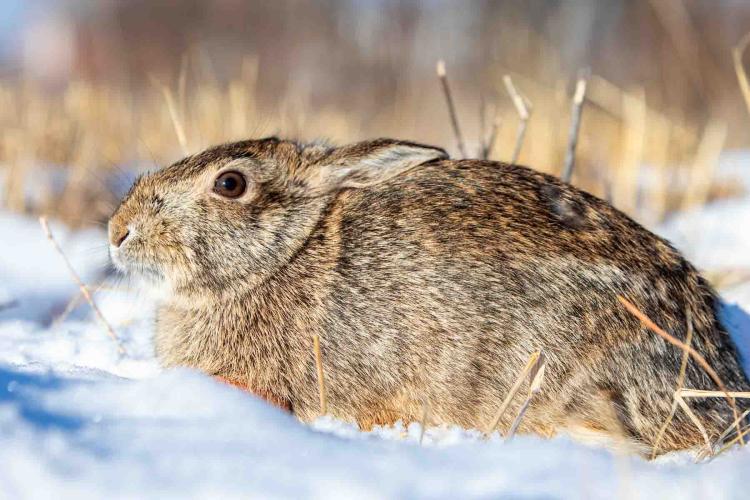
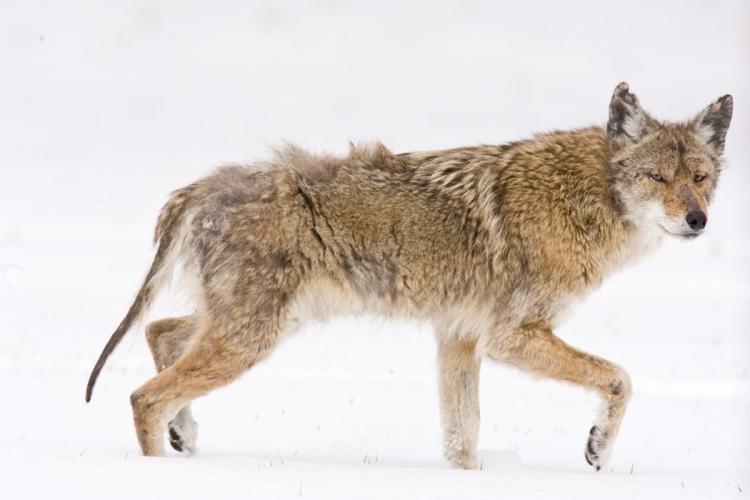
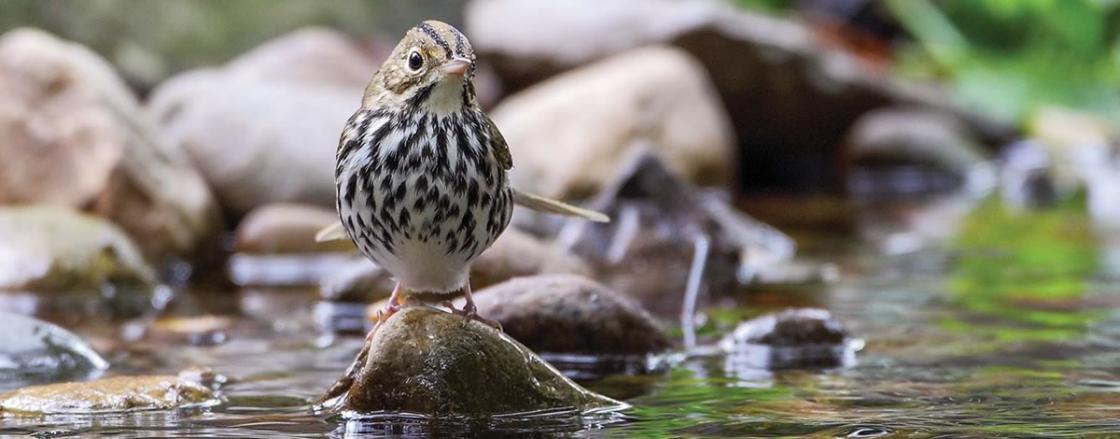
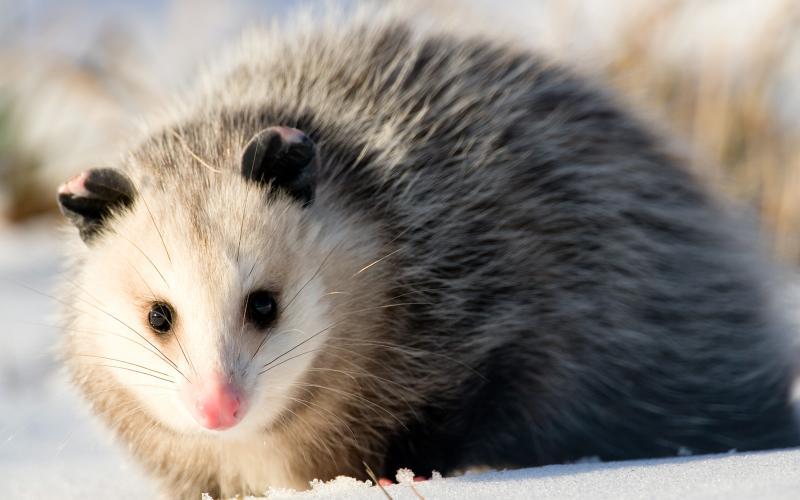
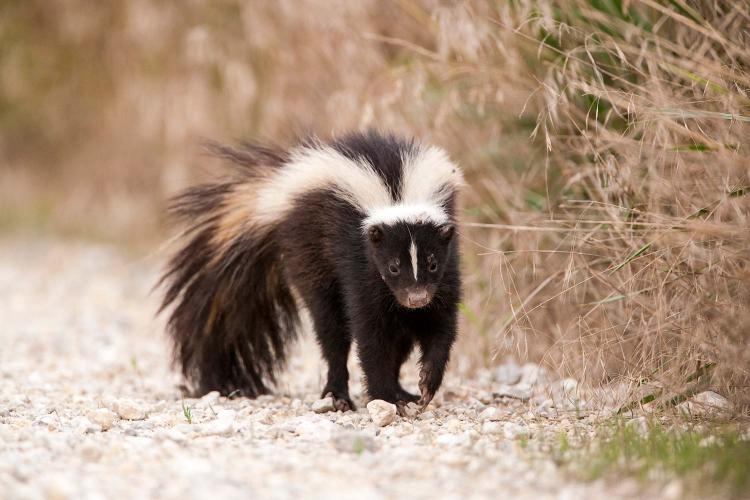
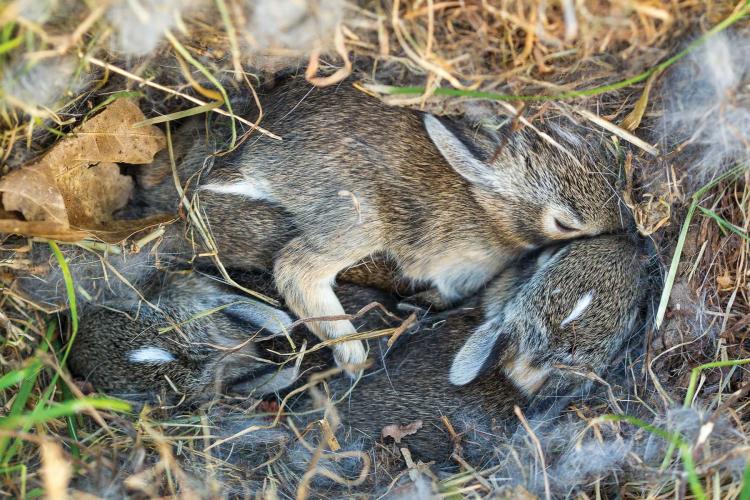
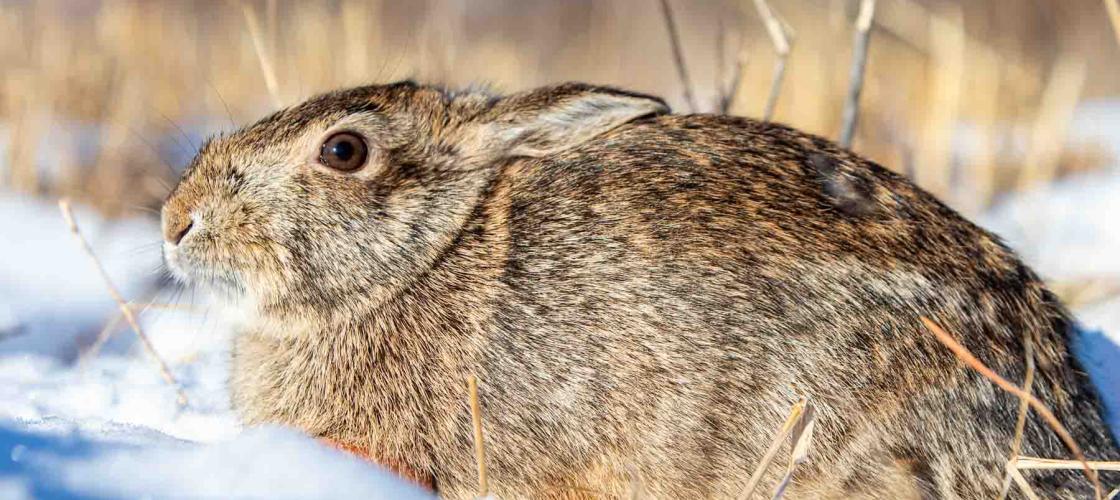
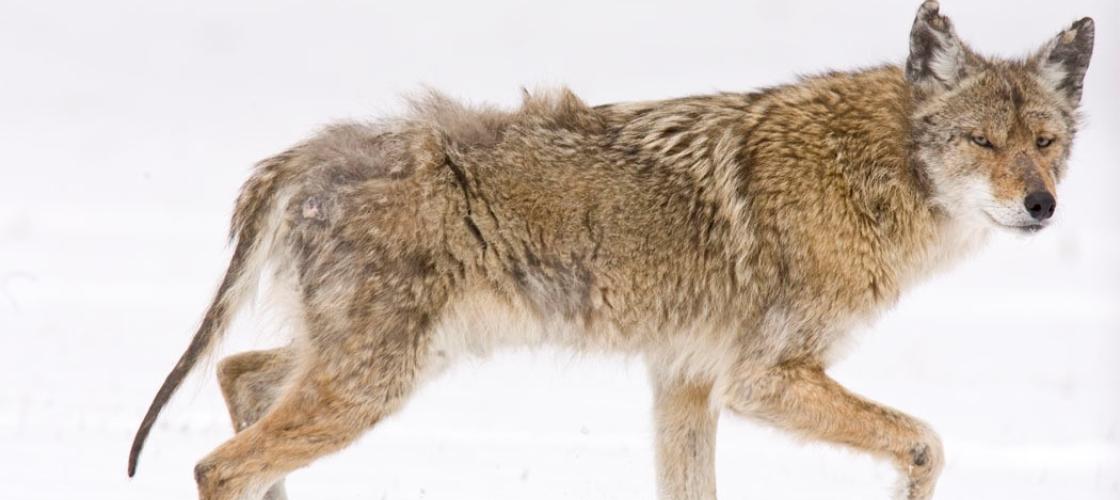
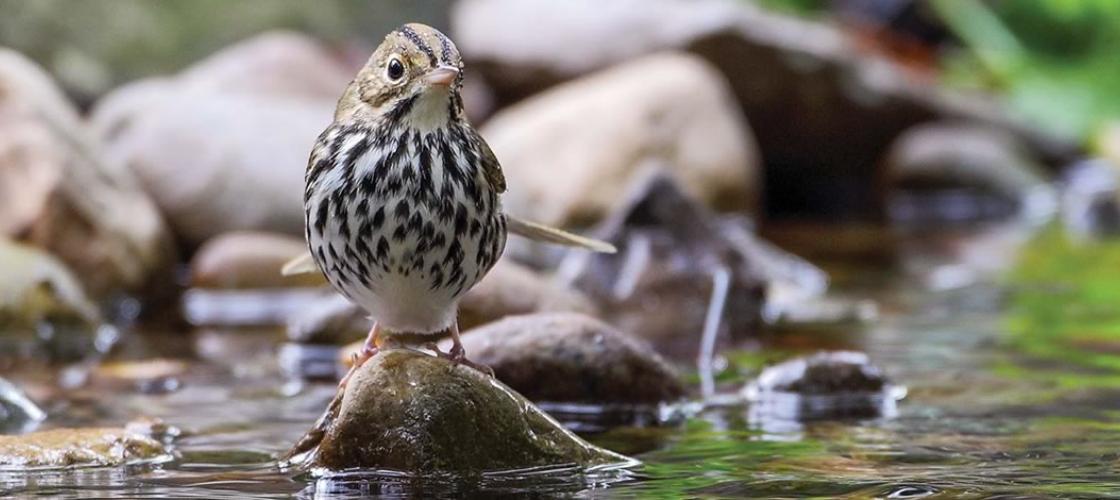
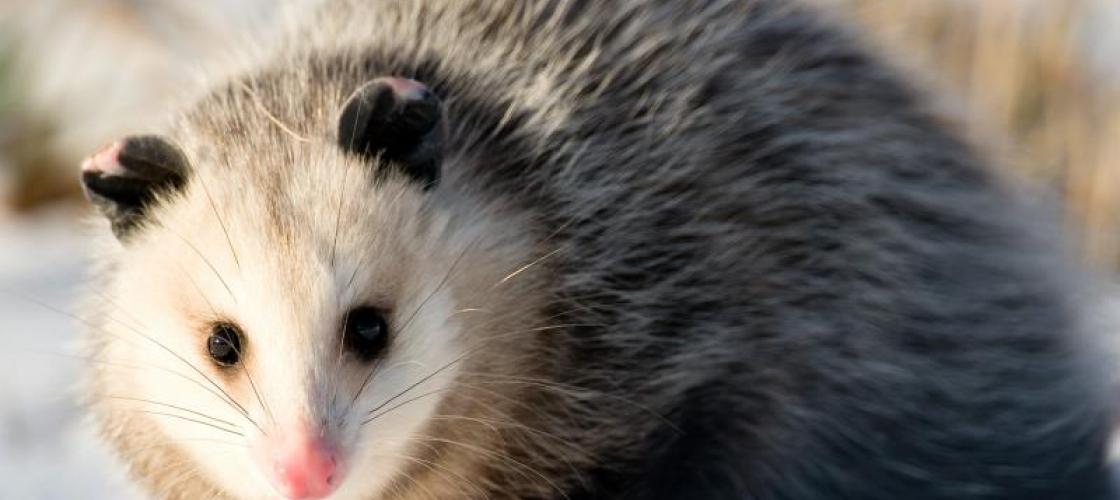
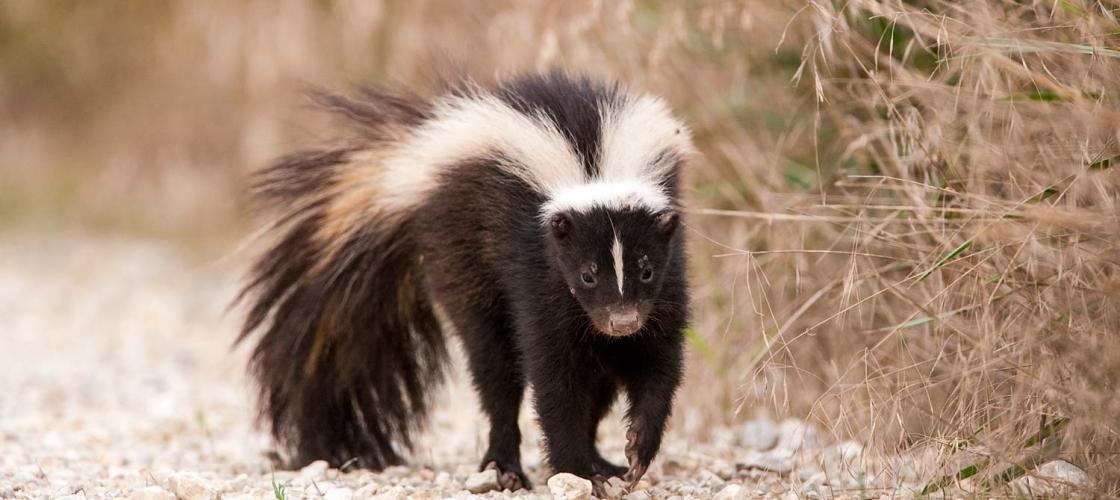
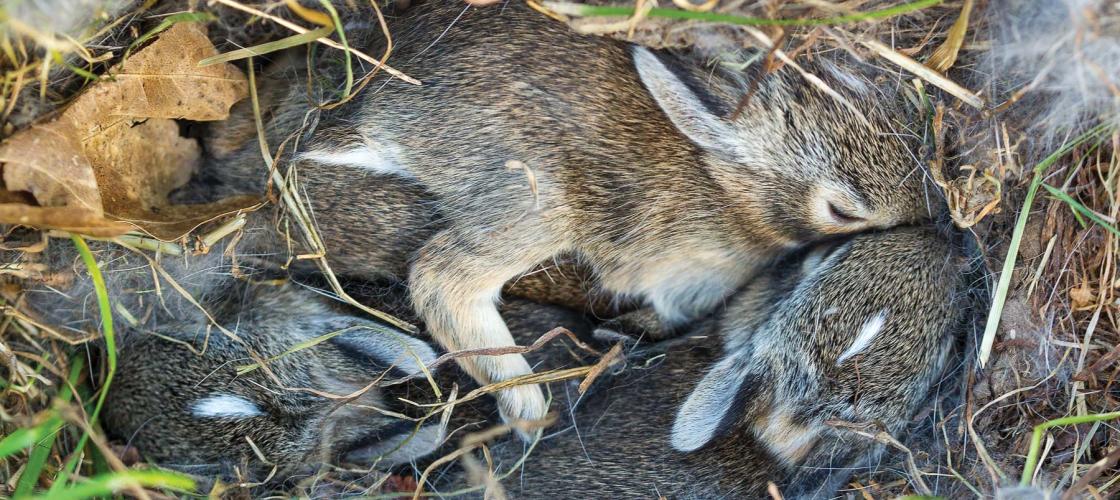
Recent Posts
























